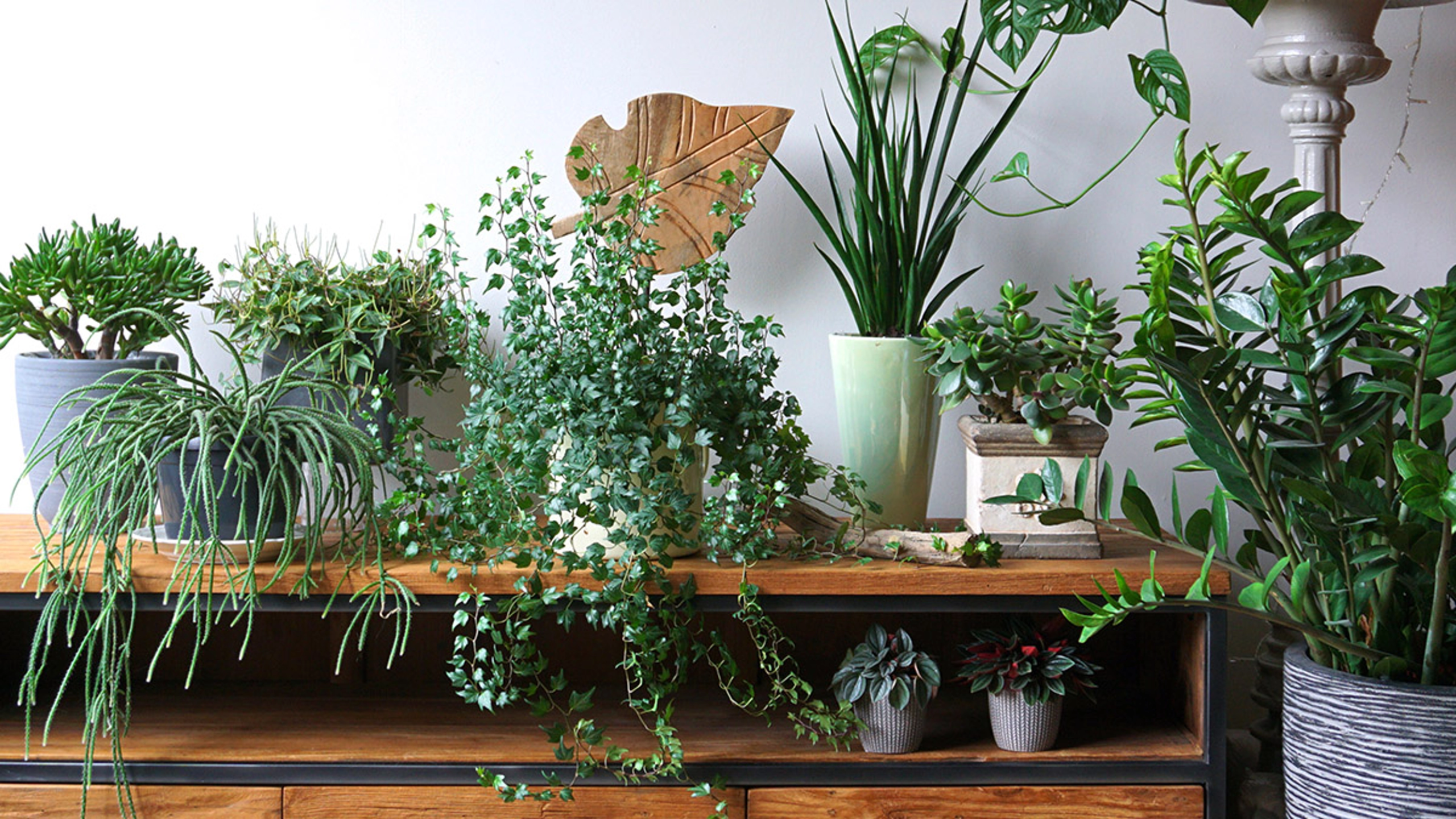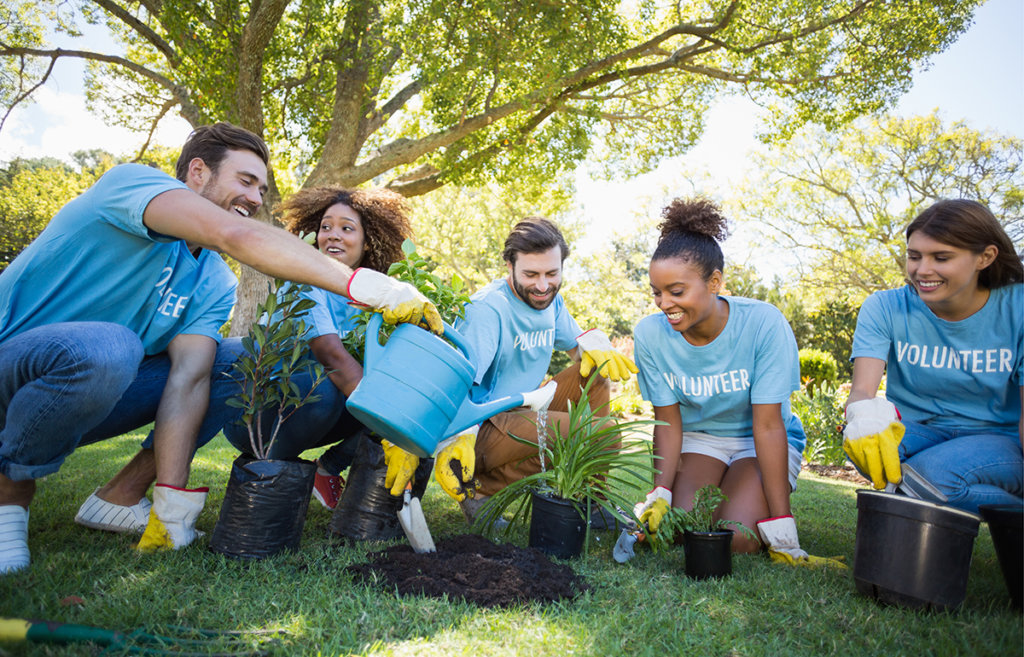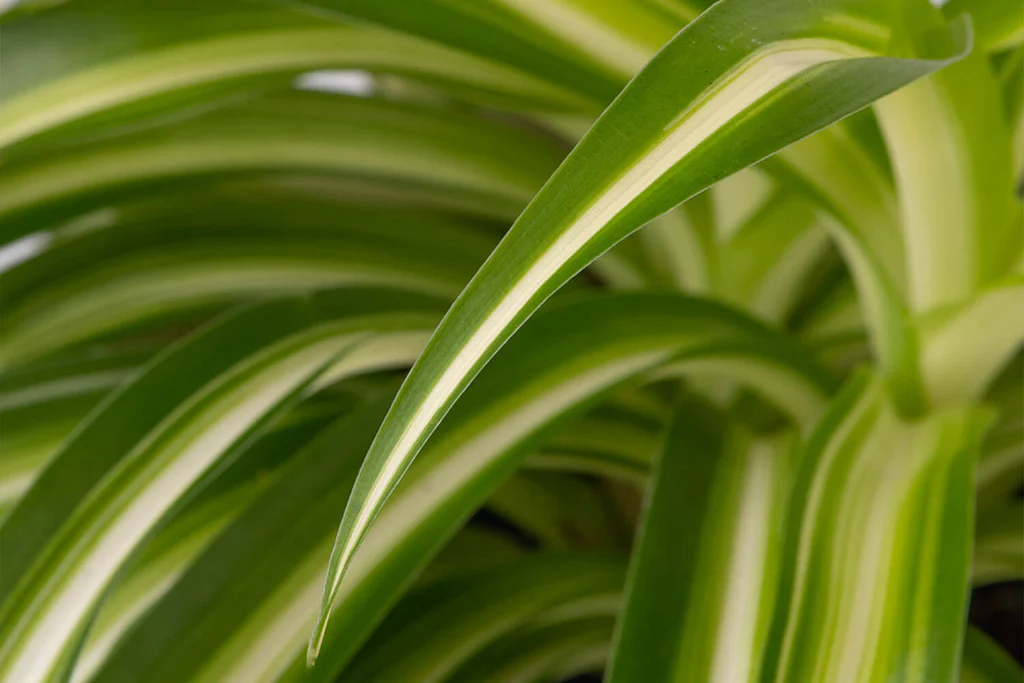How grow a plant at home
Growing a plant at home can be a rewarding and fulfilling endeavor, offering numerous benefits for both your mental well-being and your living space. Whether you’re looking to cultivate vibrant flowers, fresh herbs, or nutritious vegetables, home gardening provides a unique opportunity to connect with nature right in the comfort of your own home. Not only does it enhance your environment, but it also promotes a sense of accomplishment and responsibility as you nurture life from seed to harvest. In this article, we will explore essential tips and techniques for successfully growing plants at home, covering everything from choosing the right varieties to caring for them throughout their lifecycle. Whether you’re a novice gardener or looking to refine your skills, you’ll find valuable insights to help you embark on your home gardening journey.
How to Grow a Plant at Home
Introduction to Home Gardening
Ah, home gardening—where the soil meets your dreams of becoming a plant-parent extraordinaire! Whether you’re a seasoned horticulturist or someone who once forgot to water a cactus (gasp!), growing plants at home can be a rewarding and relaxing endeavor. Picture this: lush greenery, fragrant herbs, and maybe even home-grown tomatoes that taste infinitely better than the ones from the grocery store. Yes, please!
Benefits of Growing Plants at Home
Growing plants at home isn’t just about the bragging rights of your neighbors admiring your green thumb, though that’s a perk! Plants can boost your mental health, improve air quality, and bring a splash of color to your space. Plus, gardening is a fantastic way to reconnect with nature—right in your living room or backyard. And who doesn’t love the idea of snipping fresh basil for their pasta sauce instead of reaching for the sad, wilted packet from the fridge?
Types of Home Gardening: Indoor vs. Outdoor
When it comes to gardening, you really have two main avenues: indoor and outdoor. Indoor gardening allows you to grow a mini jungle in the comfort of your home—perfect for those with limited outdoor space or who simply prefer the comfort of AC while they tend to their leafy friends. Outdoor gardening, on the other hand, is like the wild west of plant growth; you can dig, plant, and grow to your heart’s content. The great outdoors is perfect for larger plants, vegetables, and that giant sunflower that you’ve always wanted. Which path you choose really depends on your space, climate, and how much dirt you’re willing to get under your nails!
Choosing the Right Plants for Your Space
Now that you’re jazzed about gardening, let’s talk about what to actually grow. Not every plant can thrive in every space, so choosing wisely is crucial.
Factors to Consider: Space and Climate
First up, consider your space: Do you have a sunny windowsill, a tiny balcony, or a sprawling backyard? Next, your climate matters. Some plants thrive in warm climates, while others prefer the cooler, mistier air. If you live in an area where winter means snow and frost, you may want to stick with hardy varieties or indoor plants that will survive your mini polar vortex. The best advice? Know your space and your climate, and choose plants accordingly—like choosing shoes for a marathon instead of ice skating!
Best Beginner-Friendly Plants
If you’re new to the green scene, fear not! There are plenty of plants that are perfect for beginners and won’t hold a grudge if you forget to water them once in a while. Think succulents, snake plants, or pothos! These guys are practically indestructible and will forgive you for your occasional neglect, making them great companions as you dip your toes into the gardening world.
Herbs, Vegetables, and Flower Options
Ready to level up? Consider growing herbs, vegetables, or flowers. Basil, mint, and rosemary are super easy to grow and a delight to have on hand for culinary adventures. If you’re feeling ambitious, baby tomatoes or even bell peppers can be quite rewarding to grow. And let’s not forget flowers—zinnias and marigolds are colorful options that can bright-up any space and attract friendly pollinators. Your home will smell like a delightful bouquet and you’ll feel like the ultimate green-thumbed master!
Essential Supplies and Tools for Plant Care
Alright, now that you’ve got the plant selection down, let’s talk about the tools of the trade. You wouldn’t try to cook a gourmet meal without utensils, right? Gardening is no different!
Basic Gardening Tools You Need
For starters, grab some basic gardening tools. A simple trowel for digging, pruning shears to keep things tidy, and a watering can (or repurposed coffee mug) will get you far. Depending on your plant arsenal, you might also need gloves, plant food, and a sturdy pot to house your leafy companions. Remember, the right tools make gardening feel less like a chore and more like a satisfying hobby.
Containers vs. In-Ground Planting
Now let’s chat about the big debate: containers versus in-ground planting. If you have space, planting directly in the ground can lead to happier plants, but container gardening allows for more control and flexibility, especially in limited spaces. Plus, you can easily move containers around to find the perfect sunny spot—like a plant version of musical chairs! Whichever route you choose, just make sure your plants have drainage to keep them from drowning.
Organic vs. Conventional Supplies
Lastly, you’ll need to ponder the age-old question: organic or conventional supplies? Organic materials tend to be better for the environment and can lead to healthier plants, while conventional options might be easier to find at your local store. If you’re planning to eat what you grow, you might want to err on the side of organic—because nothing says “I love you” like chemical-free tomatoes.
Soil Selection and Preparation
Now that you’ve got your supplies, let’s dig into the nitty-gritty of soil! (No pun intended… okay, maybe a little.)
Understanding Soil Types
Soil types are like people—some are sandy, some are clayey, and others are loamy. Each type has different properties that can affect plant growth. Sandy soil drains quickly and is great for root veggies, while clay soil holds moisture but can be a bit compact. Loamy soil is the holy grail—rich, balanced, and perfect for almost any plant. Knowing your soil type will help you make better decisions about amendments and what plants to choose.
Soil Amendments for Optimal Growth
Speaking of amendments, let’s chat about boosting that soil-game! Adding compost, peat moss, or well-rotted manure can enhance soil structure and nutrient content. It’s like giving your plants their very own five-star buffet! Easy-peasy, right? Just mix in those amendments before planting, and watch your plants thrive with all those delicious nutrients.
Preparing Your Soil for Planting
Finally, preparing your soil is like setting the stage for a blockbuster movie. Clear away any weeds, rocks, or debris because nobody wants an unwanted guest ruining their garden party! Loosen the soil with a fork or shovel, mix in your amendments, and get it nice and fluffy. You’re ready to roll as soon as you have a good mix, and your plants are just waiting to hit the red carpet of the garden!
And there you have it! A concise guide to growing plants at home that’s just waiting to be doused in your personal touch. Happy planting! 🌱# How to Grow a Plant at Home
Growing a plant at home is like inviting a green roommate into your life—one that doesn’t eat your snacks or hog the remote. Whether you’re after fresh herbs, vibrant flowers, or a leafy friend to improve your air quality, here’s a practical guide to get you started on your indoor jungle journey.
Watering and Nutrient Requirements
How to Water Your Plants Properly
Let’s clear the air: over-watering is the silent killer of houseplants. Imagine drowning in love—sweet but suffocating! To water properly, stick your finger an inch into the soil. If it’s dry, it’s time for a drink. Aim for early morning or late afternoon watering when plants are most thirsty. And remember, different plants have different needs. Cacti and succulents? Less is more. Tropical ferns? They’re practically water babies.
Understanding Plant Nutrient Needs
Plants are like teenagers—they need their nutrients! Key nutrients include nitrogen (for leafy growth), phosphorus (for flowers), and potassium (for overall health). If your plant looks a bit sad, it might be due to a nutrient deficiency. A quick check online about your specific plant can help you tailor its nutrient needs. The secret ingredient? A little love (and some fertilizer).
Fertilizers: Types and Application Methods
Fertilizers come in two major flavors: organic and synthetic. Organic options (like compost) release nutrients slowly, making plants feel like they’re on a long vacation. Synthetic fertilizers, on the other hand, offer a quick energy boost, like a shot of espresso. Apply them according to package instructions—too much of a good thing can send your plants into a frenzy!
Light Conditions and Placement Tips
Identifying Light Levels in Your Home
Light is crucial for plant survival, like wifi for our sanity. To determine your light levels, observe how sunlight dances (or doesn’t) in your home throughout the day. South-facing windows are goldmines for light-loving plants, while north-facing windows are better for shade-loving varieties. If you find yourself lacking natural light, consider investing in grow lights. You can even pretend you’re creating a cozy café vibe for your plants!
Best Practices for Plant Placement
Once you’ve identified those light hotspots, it’s time to play plant Tetris! Place light-loving plants near windows, but don’t forget to rotate them occasionally (they like a bit of variety, too). For low-light areas, opt for plants that thrive in the shade. And if you feel adventurous, try hanging plants or using shelves to maximize space and create a botanical display.
Adjusting Light Conditions for Seasonal Changes
As the seasons change, so does the amount of natural light your plants get. When winter rolls around, you might need to shuffle plants closer to the windows to catch that precious sunlight. Similarly, in the summer, some plants—especially those sunbathers—may require a bit of shade to avoid sunburn. Keep an eye on your plants and adjust their positions like you would your own sunbathing spot on vacation.
Common Pests and Diseases: Prevention and Management
Identifying Common Pests
Just when you thought your leafy buddy was all zen, pests can creep in like uninvited guests at a party. Common culprits include aphids, spider mites, and mealybugs. Look for tiny bugs, webbing, or sticky residue. If your plant starts to look like a buffet, it’s time for pest patrol!
Natural and Chemical Solutions
When it comes to pest control, you can go the natural route with solutions like neem oil or insecticidal soap. If that doesn’t do the trick, there are also chemical solutions available, but be cautious—your plants don’t need a toxic relationship. Always follow the instructions and make sure to wash your produce well if you’re treating edible plants.
Best Practices for Disease Prevention
Preventing diseases is easier than curing them! Start with healthy plants, avoid overcrowding, and ensure good air circulation. Water at the base of the plant to minimize moisture on leaves, and regularly inspect your plants for signs of trouble. Think of it as a little plant wellness check!
Harvesting and Enjoying Your Home-Grown Plants
When and How to Harvest Your Plants
Not all heroes wear capes—some simply harvest with grace! For herbs, simply snip off what you need and leave the rest for further growth. Leafy greens? You can trim the outer leaves while allowing the center to keep growing. For fruits and vegetables, wait until they reach the right size and color. Trust your instincts—if it looks delicious, it likely is!
Storage Tips for Fresh Produce
You’ve grown it, now let’s keep it fresh! Herbs can be stored in a glass of water on the counter or wrapped in a damp paper towel and placed in the fridge. Vegetables can often be stored in the fridge’s crisper drawer, while fruits might prefer room temperature to ripen. Just remember, freshness is key—nothing beats the satisfaction of popping a cherry tomato straight from your plant!
Creative Ways to Use Your Home-Grown Plants
Feeling culinary? Use your home-grown herbs to spice up dishes, or toss a salad with your fresh greens. And don’t forget about decoration—flowers can brighten up any room! You can even craft DIY pest repellent sprays with strong-smelling herbs. The possibilities are endless when you let your inner plant chef and craftsperson shine!
Now, go forth and cultivate your indoor garden oasis! With a little care, some laughs, and maybe a few plant-parenting mishaps, you’ll have a thriving space bursting with life.In conclusion, growing plants at home is not only a delightful hobby but also a valuable way to enhance your living space and promote a healthier lifestyle. By selecting the right plants, providing proper care, and staying vigilant against pests and diseases, you can create a thriving indoor or outdoor garden that brings joy and satisfaction. Remember to start small, be patient with your progress, and enjoy the journey of nurturing your green companions. With each new plant, you’ll gain experience and confidence, making your home a greener and more inviting place. Happy gardening!
Frequently Asked Questions
- How much light do houseplants need?
Most houseplants require 12 to 16 hours of indirect light per day. However, the specific light needs can vary by plant type. It’s important to assess the light levels in your home and choose plants that will thrive in those conditions. - How often should I water my plants?
Watering frequency depends on the type of plant, the season, and the environment. A general rule is to water when the top inch of soil feels dry. Always check the specific watering needs of your plants, as some may require more or less moisture. - Can I grow vegetables in small spaces?
Absolutely! Many vegetables can be grown in small spaces, especially in containers or vertical gardens. Options like herbs, lettuce, radishes, and cherry tomatoes are particularly well-suited for limited areas. - What should I do if my plant is infested with pests?
If you notice pests on your plants, first isolate the affected plant to prevent the spread. You can remove pests manually or use natural remedies like neem oil or insecticidal soap. Regular monitoring and maintaining plant health can also help prevent future infestations.



